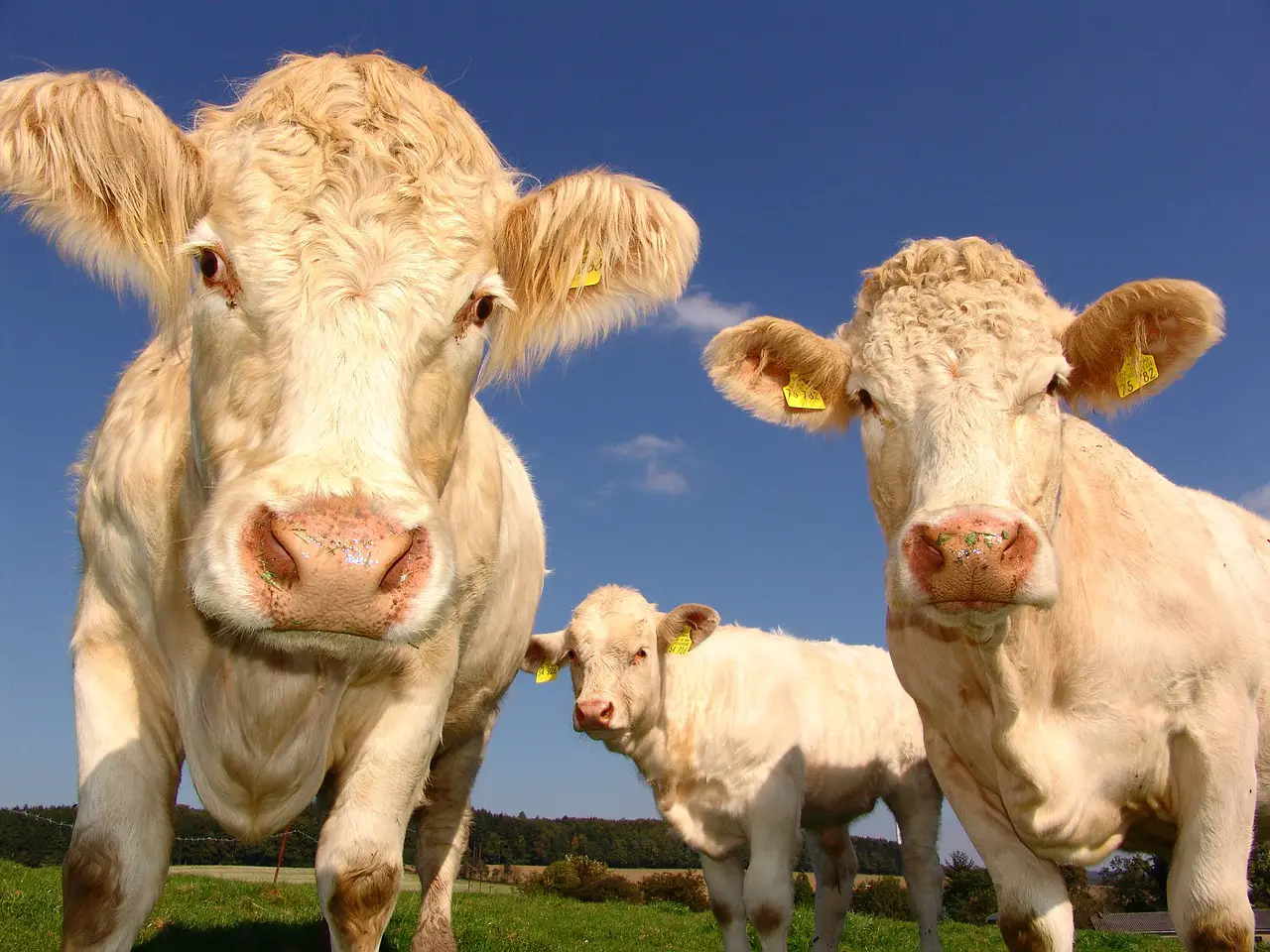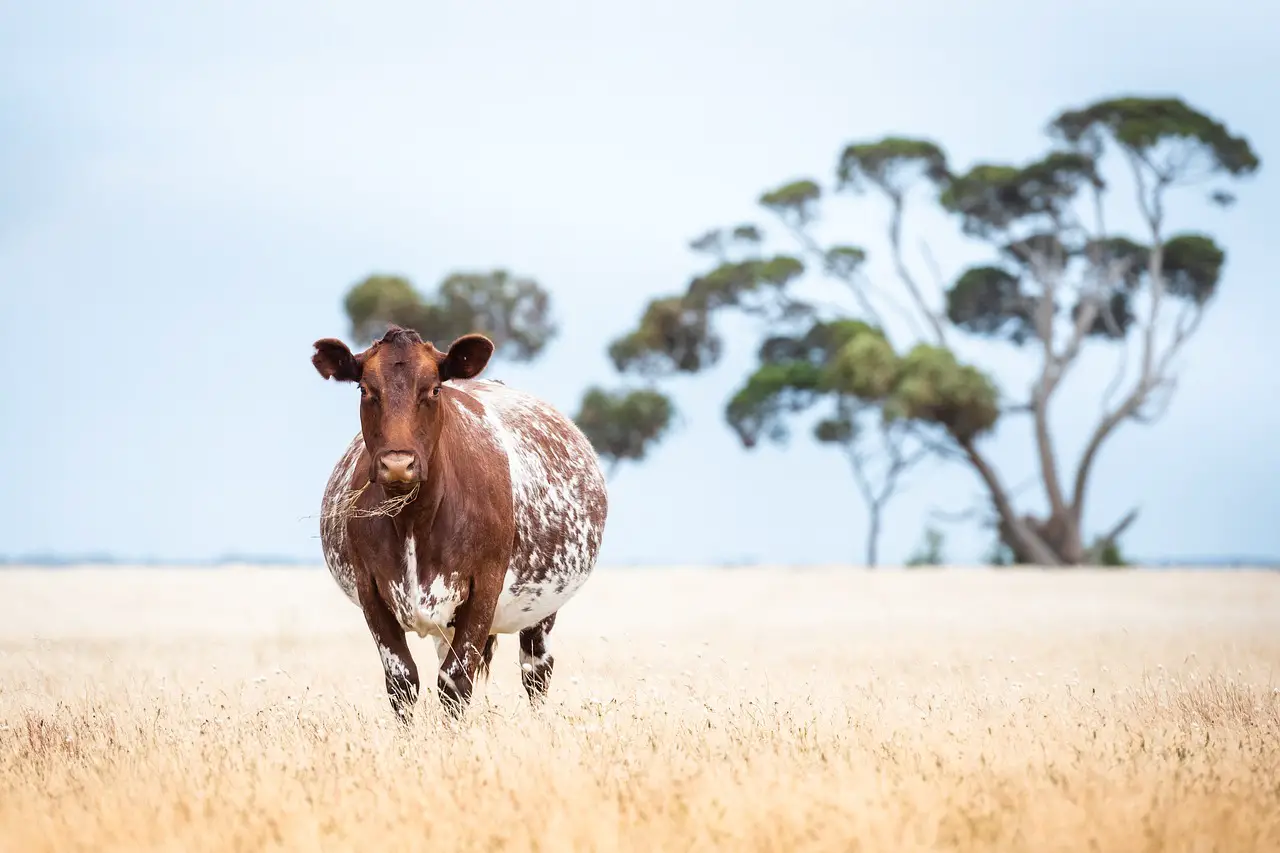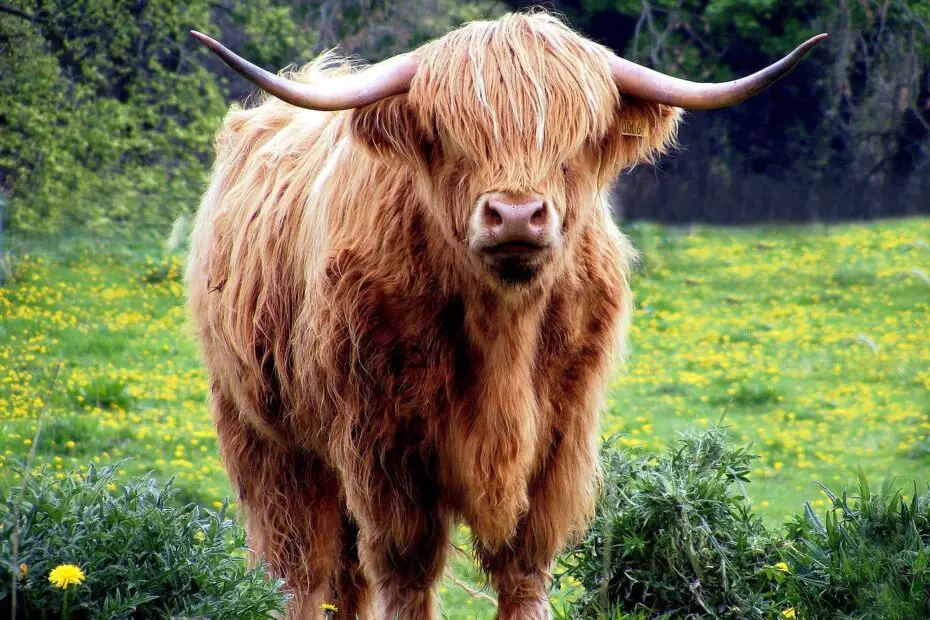Curiosity often leads us to question the intricacies of animal anatomy, and cows, being one of the most familiar farm animals, are no exception. One common question that arises is the number of hearts a cow possesses.
How Many Hearts Does a Cow Have? In this article, we dive into the anatomy of cows and debunk the myth surrounding their hearts.
You may also want to read about the top 8 amazing grasslands animals.
Anatomy of a Cow
To understand the truth about cow hearts, it’s essential to first grasp the general anatomy of these gentle herbivores. Cows have complex physiological systems that enable them to efficiently process their plant-based diet.
Digestive System
Cows are ruminants, meaning they have a unique four-chambered stomach designed for digesting plant material. This intricate digestive system allows them to extract nutrients from tough and fibrous vegetation.

Respiratory System
Cows have a well-developed respiratory system, similar to other mammals. They breathe through their nostrils, taking in oxygen and releasing carbon dioxide. Their lungs efficiently extract oxygen from the air to fuel their bodily functions.
Circulatory System
The circulatory system is responsible for transporting oxygen, nutrients, hormones, and other essential substances throughout the body. Cows, like other mammals, have a closed circulatory system consisting of blood vessels and a heart.
How Many Hearts Does a Cow Have?
How Many Hearts Does a Cow Have? Now, let’s address the myth surrounding cow hearts. Contrary to popular belief, cows have only one heart, just like most other mammals, including humans. The misconception of cows having multiple hearts may stem from their incredible ability to digest and extract nutrients from fibrous plant material.
Unique Circulatory System
While cows have a single heart, their circulatory system has some unique characteristics that differentiate them from other mammals. Their circulatory system is adapted to support their specialized digestive process.
Ruminant Physiology
Cows have a specialized digestive process called rumination. Their four-chambered stomach allows them to ferment and break down plant material efficiently. The rumen, the largest chamber, acts as a fermentation vat where symbiotic bacteria and other microorganisms aid in the breakdown of cellulose.
Function of the Cow’s Heart
The cow’s heart plays a crucial role in pumping oxygenated blood to the body’s organs and tissues. It ensures that oxygen and nutrients reach the various cells, including those in the rumen, where digestion takes place. The heart’s rhythmic contractions maintain the flow of blood, facilitating nutrient absorption and waste removal.
Importance of the Cow’s Heart
The cow’s heart is vital for the overall health and well-being of the animal. It ensures the efficient transport of nutrients, hormones, and oxygen to support various physiological functions. A healthy heart contributes to optimal digestion, growth, and overall vitality in cows.

Nutrient Transport
The heart’s pumping action ensures that nutrients derived from the digestion of plant material in the rumen reach the cow’s body tissues. This efficient transport system supports the cow’s growth, milk production, and overall energy levels.
Vital Role in Overall Health
A healthy heart is crucial for the cow’s overall health. Proper blood circulation and oxygenation of tissues help maintain organ function, strengthen the immune system, and support the cow’s ability to resist diseases and infections.
Conclusion
While the notion of cows having multiple hearts is a common misconception, these remarkable creatures possess a single heart, just like most other mammals. However, the unique physiology of cows, particularly their specialized digestive system and ruminant physiology, makes their circulatory system adapted to their dietary needs. Understanding the role of the cow’s heart sheds light on the incredible mechanisms that enable these animals to thrive on a plant-based diet.
FAQs
Q: How many stomachs does a cow have? A: Cows have a unique four-chambered stomach, consisting of the rumen, reticulum, omasum, and abomasum. Each chamber plays a specific role in the digestive process, allowing cows to extract nutrients from fibrous plant material.
Q: Do cows have a different number of hearts based on breed? A: No, the number of hearts in cows does not vary based on breed. All cows, regardless of breed, have a single heart, like most other mammals.
Q: What is the size of a cow’s heart? A: The size of a cow’s heart can vary depending on the age, size, and overall health of the animal. On average, a cow’s heart is approximately 0.5% of its body weight.
Q: Can cows have heart diseases? A: Yes, like any other living organism, cows can develop heart diseases. These can be caused by genetic factors, diet, stress, or other underlying health conditions. Proper veterinary care, nutrition, and management practices can help prevent and manage heart-related issues in cows.
Q: Are there any animals with multiple hearts? A: Yes, certain animals, such as octopuses and squids, have multiple hearts. Octopuses have three hearts, while squids have a complex circulatory system with multiple hearts to pump blood to different parts of their bodies.
